Growing radish "White Fang"
In terms of taste and useful properties, white radish is in no way inferior to its red-pink counterparts. A member of the cruciferous family contains a large amount of fiber, vitamins, minerals, essential oils. The low calorie content of the product (15 kcal per 100 g) allows it to be included in the diet of those who want to reduce body weight. In addition, the use of a vegetable promotes the elimination of cholesterol, improves digestion processes, helps to strengthen immune defenses, relieves joint pain and insomnia. Growing White Fang radish and other varieties with white roots outdoors is not difficult at all.
Features and characteristics of the variety
“White Fang” is a medium-ripening variety intended for outdoor cultivation. Radish has the following characteristics:
- the period from the moment of emergence to the stage of technical maturity lasts 33–42 days;
- the fruit is long, white, conical in shape, up to 3.5 cm in diameter, weighing 40–60 g;
- the pulp is juicy, white, sweet, with a mild spicy aftertaste.
The root vegetable is used fresh for making salads and snacks. This variety has an unusual nutty aftertaste. A significant amount of potassium and vitamin C is concentrated in the pulp. The plant is unpretentious in care, resistant to flowering, and does not require greenhouse conditions.
In addition to the “White Canine” variety, other varieties of white radish have been bred. The most famous:
- "Virovsky white";
- Ice Icicle;
- "Glowworm";
- "Daikon";
- Alba.
When planting, it is necessary to choose zoned varieties suitable for planting in a particular area, and pay attention to recommendations on the method of cultivation.
Choosing a landing site
It is necessary to plant a crop taking into account the rules of crop rotation. Radish grows best after tomatoes, cucumbers, potatoes, legumes. The garden bed should be located on a sunny flat area, and it is better to make it elevated (15–20 cm).
In the fall, the site is dug up and fertilized into the soil. For each square. square meter add:
- 8-9 kg of humus or compost;
- 20 g of calcium chloride;
- 20 g superphosphate.
In the spring, the soil is again dug up, loosened and leveled with a rake. The composition of the soil does not really matter - if a sufficient amount of fertilizer has been applied, the radish grows well even on clay soil.
Sowing "White Fang" is possible throughout the summer, during the season, summer residents get 3-4 harvests of root crops.
Sowing process
Sowing in open ground begins in late May or early June:
- Seed material is pre-soaked in water for a day or kept wrapped in a damp cloth. Such preparation is needed to increase the percentage of germination and accelerate seed germination.
- On the day of planting, grooves with a depth of 2 cm are cut on the prepared ridge.
- Before decomposing the seeds, it is recommended to shed furrows with a warm solution of sodium humate (1 tbsp. L. Per 10 l of water).
- Then the grooves are sprinkled with loose soil and gently watered.
In order not to later resort to thinning the plantings, do not sow the seeds thickly - leave a distance of about 15 cm between them.
Until the moment when the sprouts hatch, you need to monitor the condition of the soil: it should not dry out. The sprouts will appear in 7-14 days. The germination process is accelerated at higher temperatures.
In order for the radish crop to ripen regularly, sowing is resumed every 2-3 weeks.
Planting care
The main care for radishes is proper watering.
- If the plant lacks moisture, the fruits will turn out to be bitter, hollow, tough, the radish will begin to go into the arrow.
- Excessive watering causes the radishes to crack.
The root crop is moistened regularly, but moderately.
After watering or rain, the soil is loosened, while weeding is carried out. Weeds should not be allowed to grow, otherwise the root crops will lack nutrition. Loosening promotes oxygen access to the roots, which is important for the normal development and health of the crop.
White radish is often affected by the cruciferous flea beetle. To keep the fruits safe for consumption, it is better to use folk remedies to combat the pest:
- If through holes and jumping insects appear on the leaves, you can treat the bed with a mixture of ash and tobacco dust, taken in equal proportions. Dusting is carried out after each rain or watering.
- When a flea is attacked, you can protect the plantings by spraying them with infusion of potato or tomato tops. The composition is prepared from 2 kg of plant materials per 10 liters of hot water. The liquid should be infused for 6-8 hours. Before use, filter the infusion and add 2 tbsp. l. liquid soap. Processing is best done in the evening.
As a preventive measure of protection, the ridge is covered with non-woven material (lutrasil, spunbond, agrospan are suitable) immediately after germination. Light will penetrate to the plants, but insects will not be able to reach the tender young leaves. When the leaves grow and become coarse, the shelter can be removed.
Harvesting and storage
It is necessary to collect radishes on time, without missing the deadline. Otherwise, the root crops will begin to taste bitter, their pulp will lose its juiciness, and become flabby.
To determine the degree of maturity, you need to carefully shake off the soil from the base of the plant in order to inspect the root crop. If the radish diameter has reached 2.5 cm, it can be harvested. In the event that the radish is too small, sprinkle it back with soil and re-examine it after 2-3 days.
Before the day of harvesting in the evening, the garden is watered, and in the morning they begin to extract the fruits. The radishes are pulled out of the ground, holding them by the tops. After the harvest is harvested, the aboveground part is cut off. The tops can be used for making vitamin salads, summer soups.
The root vegetables themselves are washed, dried, packed in plastic bags and put into a refrigerator or cellar. The storage area must be dry and cool.
Even under ideal conditions, radishes do not last long. The optimal shelf life is a week, after which the taste and texture of the root vegetables often deteriorate.
Having chosen White Fang radish for planting, you can easily grow it in the open field. By adjusting the sowing frequency, you will be able to provide yourself with a regular supply of crispy radishes to the table and add it to salads, okroshka, beetroot, and use it to decorate dishes until autumn. Distinctive features of white radish are milder taste and rather long-term preservation of marketable qualities.
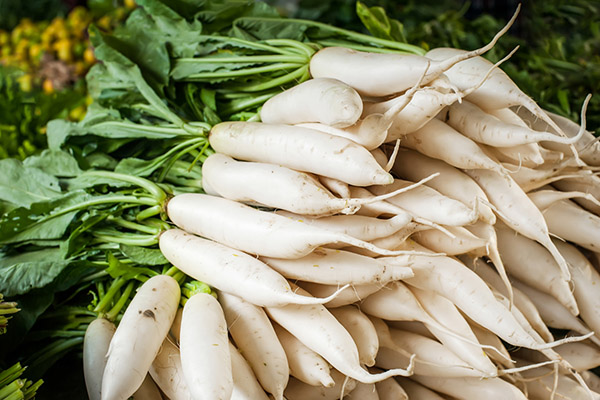

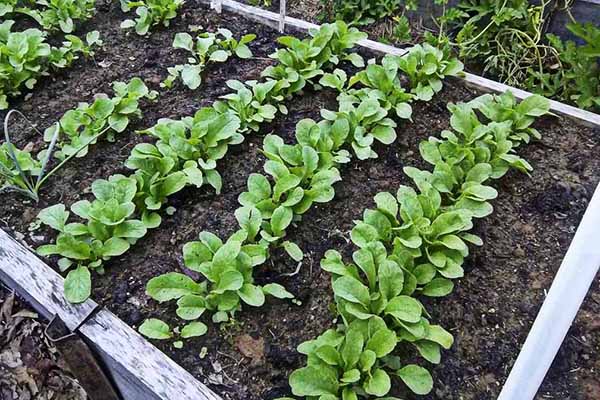
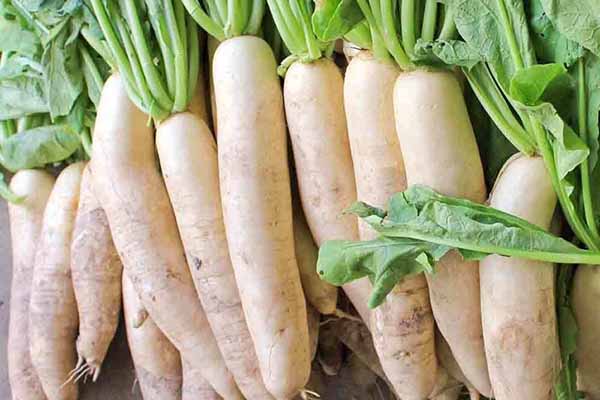
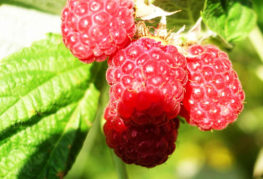
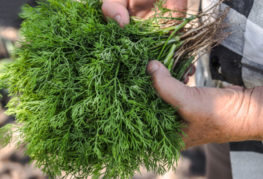
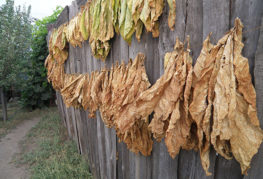
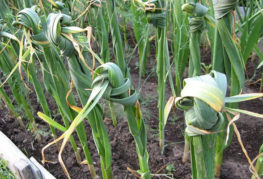

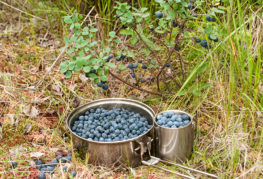
and will be published shortly.